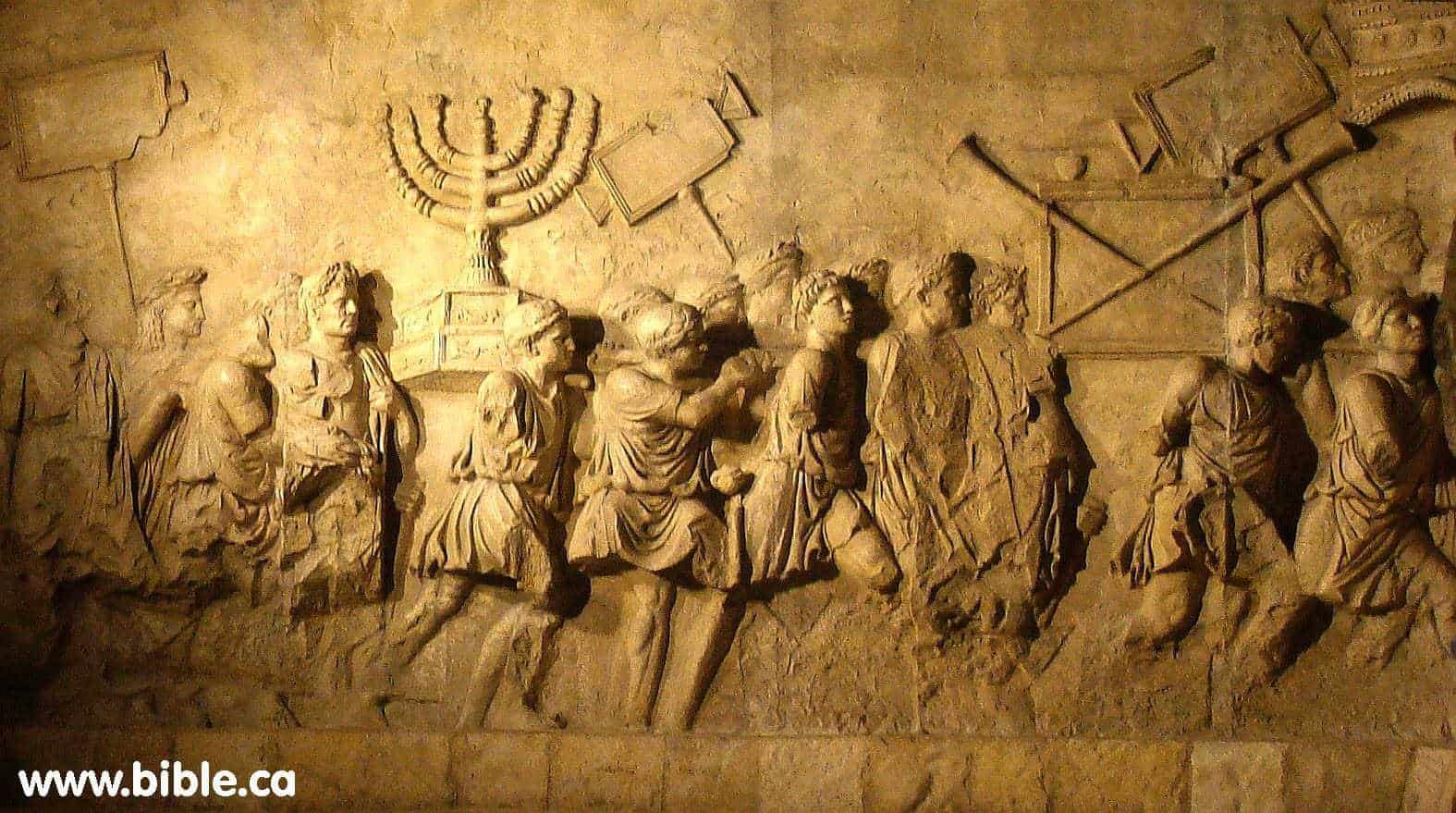In my last post, we looked at the main point of the Old Testament—Israel’s struggle with land. A good time was had by all and lives were forever changed.
As I said in that post, there is no central theme in the Old Testament, but boy oh boy is “land” important. Think about it: where in the Old Testament are the Israelites not,
- anticipating receiving their own land,
- fighting to get it,
- fighting to keep it,
- fretting about losing it,
- or fretting about getting it back in once it was lost?
Israel’s entire existence is connected in one way or another to the possession of the land—their inheritance, their gift from God.
The Israelites were also given laws that mark them off as a separate (i.e., “holy”) people from the nations—laws of what they can eat and not eat, what is clean and unclean, what to sacrifice and when, keeping the Sabbath, the feasts, male circumcision, etc.
None of these laws, these distinguishing marks, was given an expiration date. And remaining faithful to the laws would ensure that they retained possession of the land.
Then there’s the sanctuary—first the tabernacle in the wilderness and then their permanent structure in the land, the Temple built by Solomon. This Temple in the land was decreed as the only place where God was to be worshiped and where sacrifices could be made to atone for sin.
The very idea of a Temple assumed possession of the land. Hence, the exile posed a huge problem. God’s dwelling place was leveled to the ground and the exiled Jews couldn’t simply continue as is in some other sacred structure on foreign soil. Rebuilding the Temple was, therefore, the Judahites’ top priority once they returned from Babylonian exile.
It is hard indeed to speak of “Israel” in any meaningful sense without the land. The exile posed a major dilemma: how to be “Israel” when their entire religious system is predicated upon the ancient promise of Land, Temple, and the Laws that need to be kept there? One reason synagogues arose in the wake of the exile was as a response to this dilemma: study of Torah became a means of connecting with God when the land-and-temple-locked means of connection were not available.
Now think about these three core elements of Israel’s story—Land, Temple, and Law—and what becomes of them in the New Testament.
- The continued existence of a people of God in the land as a sign of being in harmony with God is no longer seen as God’s will. Now God’s people are sent out to the nations.
- According to the Gospels, the destruction of the Temple is not so a cataclysmic end for this new movement but a sign of a new era dawning.
- Gentiles are now welcomed as children of Abraham without needing to hold to practices that had been core distinguishing marks of Judaism—namely circumcision and dietary laws.
Tying together Israel’s story and the Gospel has been the grand challenge of the church since the very beginning. In the New Testament we see the early followers of Jesus, like the Gospel writers and Paul, taking up that challenge. They are doing the work of connecting Israel’s scripture—with its focus on Land, Temple, and Law—to the story of Jesus—where those elements were no longer central.
To bring those two stories together, Israel’s scripture could no longer be followed, but had to be transformed beyond its original intentions. The New Testament writers took up this task of explaining how the Gospel, which goes beyond the parameters of Israel’s story, is still connected to Israel’s story. The center point of that explanation was the transformative effect of Jesus.
Engaging this “hermeneutical challenge” has been the church’s task ever since: “How do we understand Israel’s story in light of Jesus?” Tracing the theme of “land” throughout the Bible is an entry point to observing this pervasive transformative process.
An earlier version of this post appeared in July 2013.

